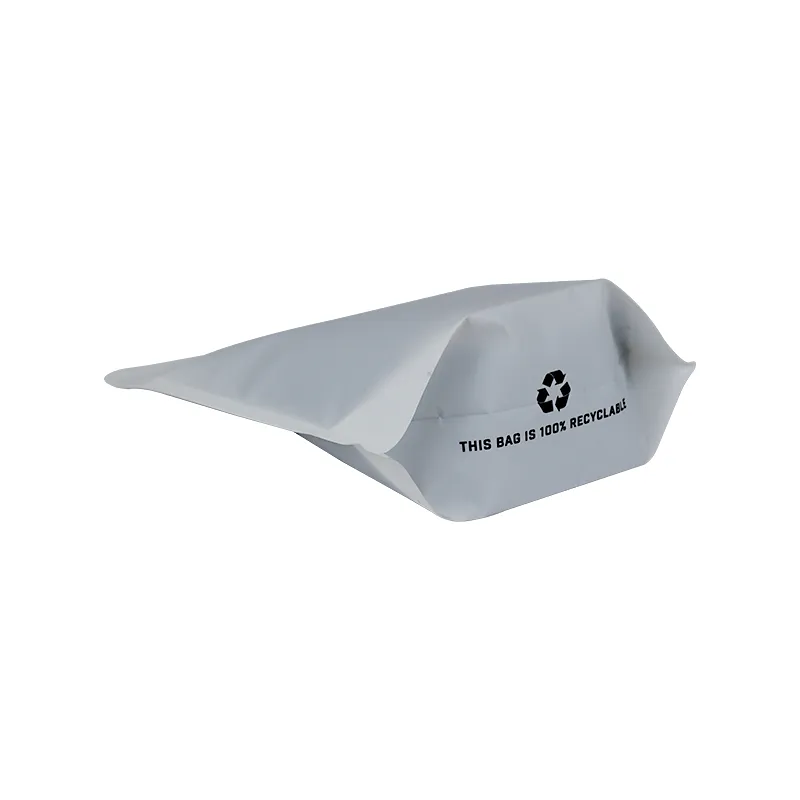- Afrikaans
- Albanian
- Amharic
- Arabic
- Armenian
- Azerbaijani
- Basque
- Belarusian
- Bengali
- Bosnian
- Bulgarian
- Catalan
- Cebuano
- chinese_simplified
- chinese_traditional
- Corsican
- Croatian
- Czech
- Danish
- Dutch
- English
- Esperanto
- Estonian
- Finnish
- French
- Frisian
- Galician
- Georgian
- German
- Greek
- Gujarati
- haitian_creole
- hausa
- hawaiian
- Hebrew
- Hindi
- Miao
- Hungarian
- Icelandic
- igbo
- Indonesian
- irish
- Italian
- Japanese
- Javanese
- Kannada
- kazakh
- Khmer
- Rwandese
- Korean
- Kurdish
- Kyrgyz
- Lao
- Latin
- Latvian
- Lithuanian
- Luxembourgish
- Macedonian
- Malgashi
- Malay
- Malayalam
- Maltese
- Maori
- Marathi
- Mongolian
- Myanmar
- Nepali
- Norwegian
- Norwegian
- Occitan
- Pashto
- Persian
- Polish
- Portuguese
- Punjabi
- Romanian
- Russian
- Samoan
- scottish-gaelic
- Serbian
- Sesotho
- Shona
- Sindhi
- Sinhala
- Slovak
- Slovenian
- Somali
- Spanish
- Sundanese
- Swahili
- Swedish
- Tagalog
- Tajik
- Tamil
- Tatar
- Telugu
- Thai
- Turkish
- Turkmen
- Ukrainian
- Urdu
- Uighur
- Uzbek
- Vietnamese
- Welsh
- Bantu
- Yiddish
- Yoruba
- Zulu
what are hdpe plastics
What Are HDPE Plastics?
High-Density Polyethylene (HDPE) is one of the most widely used forms of plastic, renowned for its strength, durability, and versatility. It is a type of thermoplastic made from petroleum, and it is frequently used in a variety of applications that require materials with high tensile strength and impact resistance. In this article, we will explore what HDPE plastics are, their properties, advantages, and applications.
Understanding HDPE
HDPE is produced through the polymerization of ethylene, which is derived from natural gas or crude oil. The polymer chains in HDPE are closely packed, which gives it a high density compared to other types of polyethylene, such as Low-Density Polyethylene (LDPE). This high density contributes to its superior strength and rigidity. The molecular structure of HDPE typically features a long linear chain and minimal branching, providing it with an increased ability to withstand high temperatures, chemicals, and impact.
Properties of HDPE
One of the defining properties of HDPE is its remarkable resistance to impact and stress cracks. This makes it an excellent material choice for products that will endure significant use and wear. HDPE exhibits several other noteworthy characteristics
1. Chemical Resistance It is resistant to many acids, bases, and solvents, making it ideal for storing a variety of chemicals. 2. Low Thermal Conductivity HDPE retains heat but does not conduct it effectively, making it suitable for thermal insulation applications. 3. Weather Resistance This material is UV resistant, which means it won’t degrade or lose strength when exposed to sunlight for prolonged periods. 4. Lightweight Despite its strength, HDPE is lightweight, making it easier to transport and handle in various applications. 5. Recyclability HDPE is fully recyclable and is often collected through curbside recycling programs, contributing to its popularity in an environmentally conscious market.
Advantages of HDPE
what are hdpe plastics

The advantages of HDPE plastics make them an attractive option for both consumers and manufacturers. Some key benefits include
- Durability The high strength of HDPE means products made from it are long-lasting and can withstand harsh conditions without failing. - Cost-Effective HDPE is relatively inexpensive to produce, allowing for the creation of affordable products across different markets. - Flexibility HDPE can be molded into various shapes and sizes, enhancing its usability for different applications, from containers to piping systems. - Hygiene Because HDPE does not absorb moisture or promote bacterial growth, it is an excellent choice for food packaging and medical applications.
Applications of HDPE
The versatility of HDPE has led to its adoption across numerous industries. Common applications include
- Packaging HDPE is extensively used in bottles, containers, and other packaging materials, thanks to its lightweight yet sturdy properties. - Piping It is commonly used for water and gas pipes due to its resistance to corrosion and chemical degradation. - Household Goods Many household items, such as toys, plastic chairs, and kitchen utensils, are made from HDPE. - Construction Materials HDPE is used in various construction applications, including geomembranes and plastic lumber, due to its durability and environmental resistance.
Conclusion
High-density polyethylene is a crucial material in the modern world, offering a combination of strength, flexibility, and resistance to environmental factors. Its ability to be recycled adds an important sustainability aspect to its use. As technology advances and the emphasis on sustainability grows, HDPE plastics will continue to play a vital role in various industries, ensuring a balance between functionality and environmental responsibility. Whether in packaging, construction, or everyday household products, the importance of HDPE cannot be underestimated.













